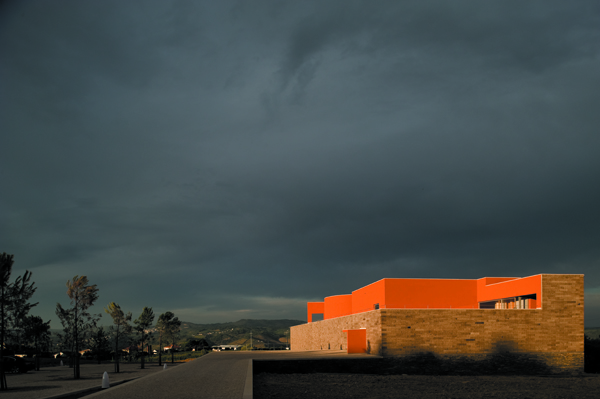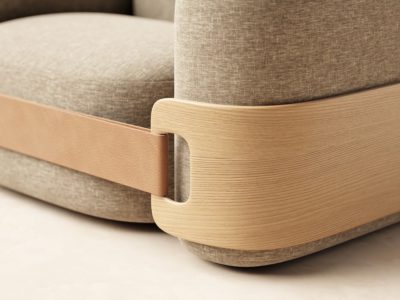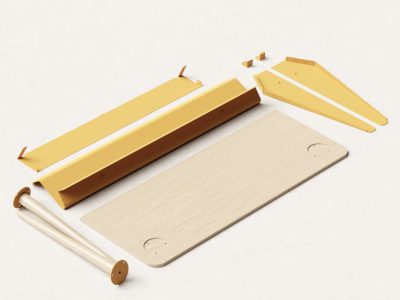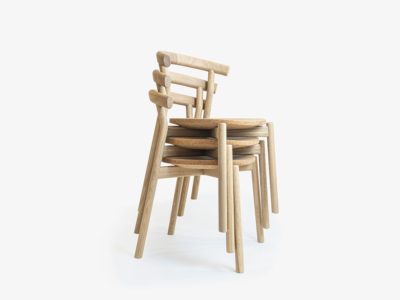The Quinta do Portal Winery commissioned Álvaro Siza to design a project aimed at turning their winery into a landmark destination on wine tourism routes. The result is an enclosed space which fits perfectly into its natural surroundings.
Views of the project overall.
Years ago, Álvaro Siza remarked that architects don’t invent, rather they transform things which already exist. This capacity to (non)-invent is a creative synthesis of images based on opposing poles. Such a chaos of images gives rise to a clarity in architecture which conveys the vocation of a style articulated as a way of communicating and creating. However, there are sometimes less inspiring, practical reasons behind a project. This is when a company justifies the prestige of a project due to the added value it provides for consumers: When Quinta do Portal commissioned this project, they were looking for an additional way of attracting visitors which involved a combination of wine production processes and a touch of showmanship. Whatever the reasons behind the project, the building outline fits perfectly into the surrounding landscape. The slate, stone and cork on the exterior make its artificiality look natural, thereby neutralising the construction’s role as a focus of attention while the visitor walks around its edges. Only the power of a few fragments enables you to discern Siza ́s rhetoric – skylights which let light flow into the space below; stairways which divide up diaphanous spaces; large windows which serve to link the construction with its natural surroundings. These are details which reinforce the idea of a respectful, minimal architecture which channels old influences to create a new order soon to be disrupted by tiresome urbanites.
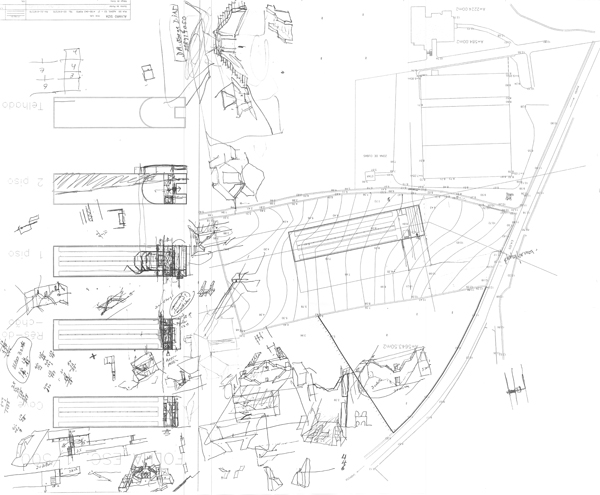 Sketches of the winery.
Sketches of the winery.
Cordination: Pedro Polónia, Gabriel Florez.
Published in Experimenta 62.

